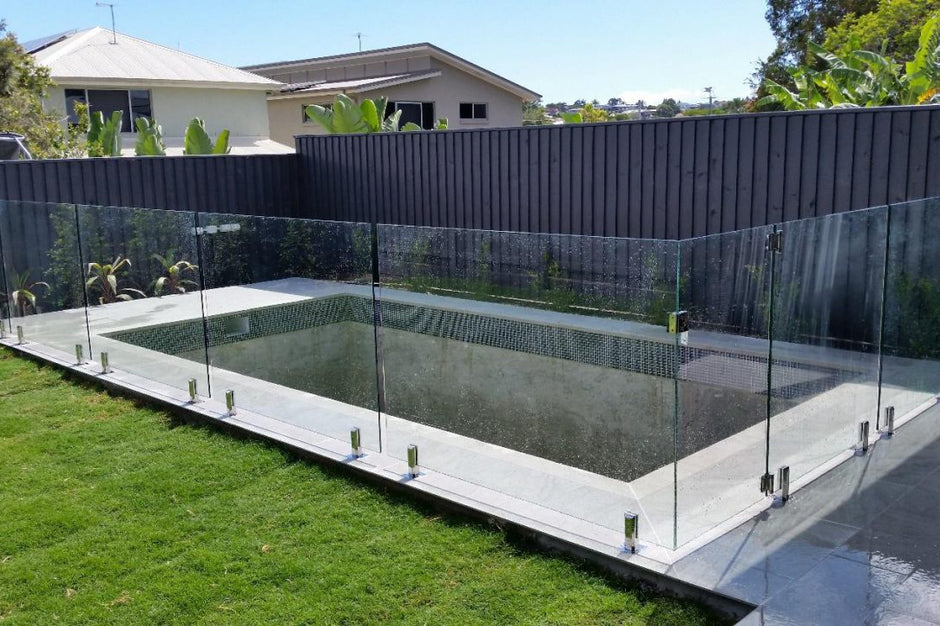Prompt Engineering for Digital Marketers
Artificial Intelligence (AI) is redefining how digital marketing is executed in 2025, and at the core of these changes lies the powerful concept of prompt engineering. This rising skill allows marketers to instruct AI tools—especially large language models like ChatGPT, Gemini, Claude, and others—to deliver highly accurate, relevant, and effective content outputs. With the increasing integration of AI tools into marketing stacks, prompt engineering is becoming a must-have skill for marketers and is now being introduced in updated Digital Marketing Courses in Pune to better prepare students for AI-first marketing strategies.
Prompt engineering refers to the strategic crafting of instructions (prompts) that guide AI to generate the desired results. It’s not just about asking a question—it’s about how you ask it. With the right prompts, marketers can automate content creation, brainstorm campaign ideas, generate ad copy, segment audiences, personalize emails, and more—all while maintaining quality and efficiency.
In this article, we’ll explore what prompt engineering is, why it’s essential for marketers in 2025, how to craft better prompts, common use cases, and real-world examples that show its transformative power.
What is Prompt Engineering?
Prompt engineering is the art and science of designing effective inputs (prompts) for AI models to get the best possible output. Since AI language models generate responses based on the prompt they receive, the way a prompt is written directly impacts the relevance, creativity, accuracy, and tone of the response.
It includes:
- Using clear instructions
- Adding context (brand, audience, tone)
- Setting constraints (word count, format, style)
- Using examples to guide the AI’s output
For digital marketers, prompt engineering unlocks high performance across multiple channels—whether you’re generating social media posts, SEO blog content, email sequences, or keyword strategies.
Why Prompt Engineering Matters in Digital Marketing
In an age where speed, personalization, and data-driven creativity are critical, AI is an enabler—but only if marketers know how to communicate with it effectively. That’s where prompt engineering becomes the backbone of AI-powered marketing.
Key Benefits:
- Faster Content Creation: Generate articles, captions, and ad copy in minutes.
- Improved Targeting: Craft content that’s more relevant to segmented audiences.
- Cost Efficiency: Reduce reliance on outsourcing or in-house content creators.
- SEO Optimization: Automate meta descriptions, headers, and even keyword analysis.
- Campaign Ideation: Get fresh, data-informed campaign ideas instantly.
How Digital Marketers Can Learn Prompt Engineering
The skill is relatively easy to pick up but powerful in application. Here are the foundational techniques to begin with:
- Be Clear and Specific
Bad Prompt: “Write something about social media.”
Good Prompt: “Write a 200-word LinkedIn post on how small businesses can use Instagram Reels to increase engagement in 2025.”
- Provide Context
Include information about your brand, audience, tone of voice, and goals.
Example:
“Write a professional yet friendly email promoting our new SEO tool to small business owners who are not very tech-savvy.”
- Set the Structure
Guide the AI with format instructions: listicles, bullet points, tables, sections, FAQs, etc.
Prompt:
“Create a blog post in listicle format on ‘Top 7 Email Marketing Tips for Startups’, including an intro and conclusion, using a persuasive tone.”
- Use Role-Based Prompts
Ask the AI to take on a role for more contextual accuracy.
Prompt:
“Act as a senior content strategist. Suggest a month-long content calendar for a health supplement brand targeting millennials.”
- Include Constraints
You can ask for specific word counts, number of ideas, styles, or tones.
Prompt:
“Write a 3-tweet thread explaining the benefits of using AI in email marketing, with each tweet under 280 characters.”
Prompt Engineering Use Cases in Digital Marketing
Here’s how you can apply prompt engineering across different marketing verticals:
- SEO Content Creation
Prompt:
“Write a 1000-word SEO-optimized article on ‘How to Use Video for Local SEO in 2025’, including an FAQ section, targeting small business owners.”
- Email Marketing
Prompt:
“Create a 5-email onboarding sequence for a B2B SaaS tool that helps HR teams automate recruitment. Keep it friendly, persuasive, and under 150 words per email.”
- Ad Copy Generation
Prompt:
“Generate 3 Google Ads headlines and descriptions for an online digital marketing course targeting working professionals in India.”
- Social Media Planning
Prompt:
“Create a 1-week Instagram content calendar for a vegan food brand launching a new product. Include captions, hashtags, and …





























































































